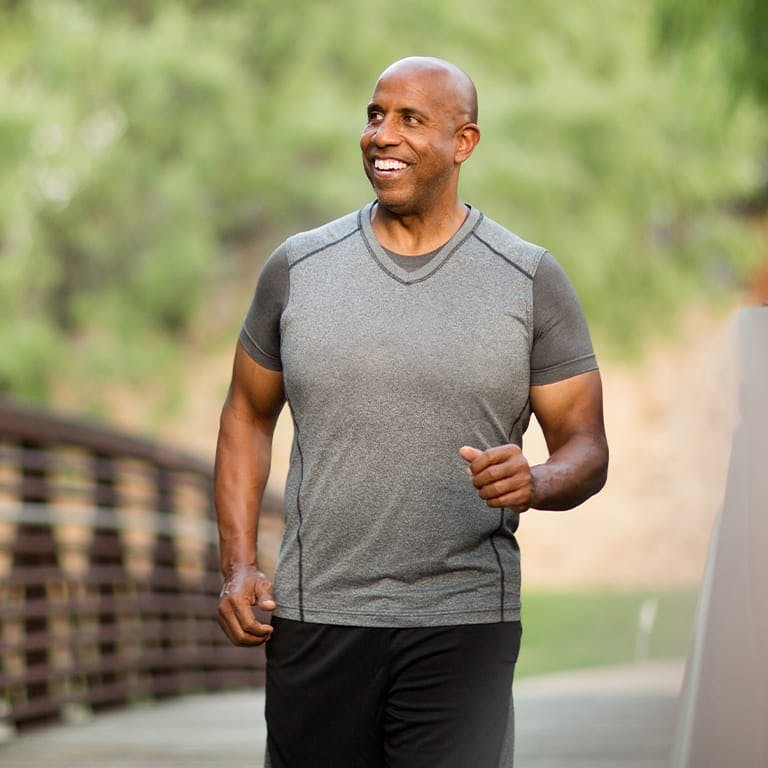Posterior = Back
The incision is made in the back of the neck.
Cervical = Neck
The cervical levels are one region of the spine. There are seven vertebral bodies in the neck and are abbreviated or numbered C1 (top) through C7 (bottom). The disc levels are also abbreviated. For example, C5-C6 refers to the intervertebral disc between the fifth and sixth cervical vertebral bodies (bones).
Laminectomy = To Remove the Lamina
The thin plate of bone at the back of the neck that makes up the roof of the spine and helps to protect the spinal cord is called the lamina. During a laminectomy, the bony plate is removed to allow him access to the spinal cord and other nerve structures.
Fusion = To Join or Combine
Bone graft is added into the empty space between the upper and lower vertebral bodies. Instrumentation (rods and screws) is implanted to stabilize and immobilize the neck. New bone will grow into and around the instrumentation resulting in a spinal fusion, which is caused by the body’s natural healing process.
On average, most patients with spinal stenosis, cervical degenerative disc problems, or herniation do not require spine surgery. However, Dr. Stieber may recommend posterior cervical laminectomy and fusion in NYC for the following reasons: if non-operative treatment fails to alleviate symptoms, progressive worsening of neurologic symptoms or pain, spinal instability, and/or neurological problems. For example, loss of function, numbness, and weakness are examples of neurologic dysfunction. Difficulty with fine motor movements, loss of manual dexterity, and disruption of balance may signal dangerous spinal cord compression within the spine, which could be signs of myelopathy.




